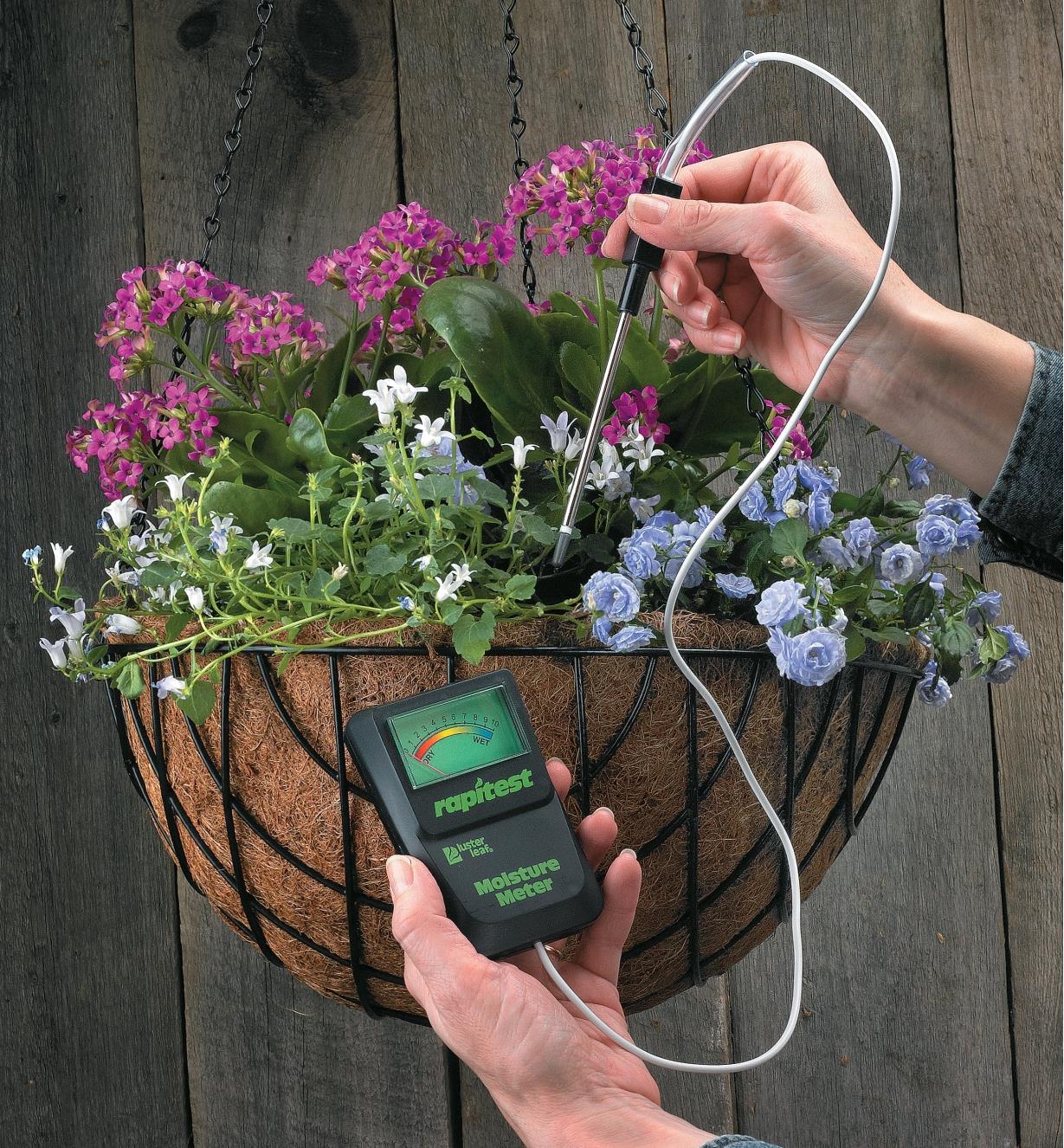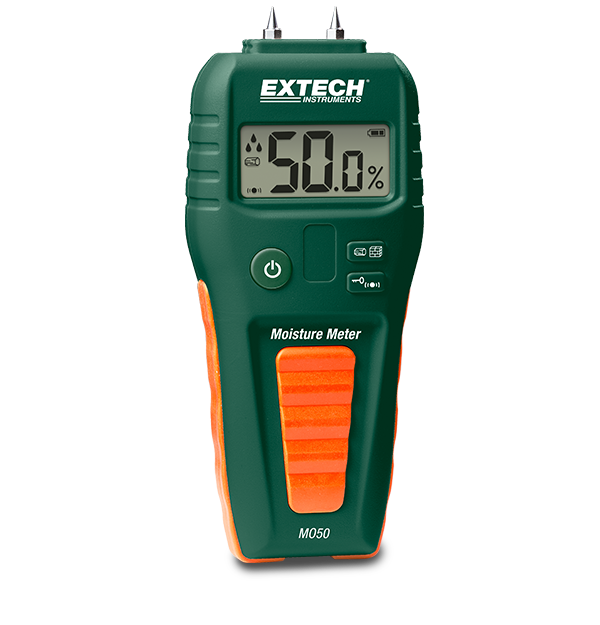Explore the World of Moisture Meters: Every Little Thing You Required to Know
In the realm of moisture meters exists a globe of precision and practicality that often goes undetected. These gadgets, while relatively straightforward, hold a wealth of details that can substantially impact numerous markets and applications. Understanding just how moisture meters operate, the different kinds offered, and their diverse usages can clarify their importance in making certain high quality and efficiency. By discovering the ins and outs of moisture meters, one can reveal an important device that transcends plain measurement, using insights that can make a significant difference in numerous fields.
Just How Moisture Meters Work
Moisture meters operate by determining the electric conductivity or capacitance of materials to identify the dampness content present. These meters are invaluable tools across various markets, including woodworking, building, and farming. By utilizing different techniques such as pinless or pin-type technology, moisture meters offer precise analyses that aid specialists make informed decisions.
Pin-type moisture meters work by inserting the sharp pins right into the material being evaluated. On the other hand, pinless moisture meters use electro-magnetic signals to check a bigger area without causing any kind of damages to the material's surface area.
Regardless of the method used, dampness meters play a critical duty in stopping problems such as mold growth, architectural damages, or product defects brought on by excess wetness. Understanding just how these meters job is vital for making sure the high quality and integrity of products in various applications.
Kinds Of Moisture Meters
Provided the crucial role wetness meters play in various sectors, it is necessary to comprehend the various types readily available to experts for accurately examining moisture degrees - Moisture Meter. There are primarily 2 primary kinds of wetness meters: pinless and pin-type wetness meters

On the various other hand, pinless wetness meters utilize electromagnetic sensing unit plates to scan a bigger area of the material without causing any type of damages. This type is ideal for swiftly scanning large areas and is commonly utilized for floor covering, walls, and ceilings. Pinless meters are hassle-free for taking analyses on finished surface areas without leaving any visible marks.
Both kinds of moisture meters have their benefits and are picked based on the certain needs of the task handy. Comprehending the distinctions in between these types is vital for professionals to make precise dampness useful content assessments.
Applications Across Industries
Construction specialists rely on dampness meters to evaluate the dampness levels in structure materials like concrete, drywall, and wood, which is vital for maintaining architectural integrity and stopping concerns like rot or mold. The floor covering industry makes use of moisture meters to determine the dampness material in subfloors prior to installing different flooring coverings, avoiding pricey damages due to excess wetness. In the food sector, moisture meters are utilized to check and control moisture levels in items such as grains, nuts, and dried out fruits to maintain freshness and Check Out Your URL top quality.
Tips for Using Wetness Meters
Make use of the dampness meter's calibration settings to guarantee accurate readings when measuring the moisture web content in numerous products. In addition, make certain the meter is set to the appropriate moisture array for the product you are gauging to acquire the most exact results.
When using a pin-type moisture meter, put the pins to the ideal deepness suggested for the material being examined. This makes certain that the dampness readings are taken from the correct deepness within the product, offering a more exact depiction of its wetness web content. For pinless moisture meters, view remember to maintain correct call with the material's surface area to obtain reputable readings.
Regularly examine and replace the batteries in your dampness meter to stop inaccurate readings as a result of low power. When not in use to lengthen its lifespan and preserve its precision, Store the meter in a dry and secure place. By complying with these pointers, you can optimize the efficiency of your moisture meter and acquire specific moisture material dimensions across various products.
Maintenance and Calibration
To make sure the precision of wetness material dimensions, routine maintenance and calibration of the moisture meter are vital actions in its proper functioning. Calibration adjusts the dampness meter to make certain that it gives trusted and regular outcomes.
Calibration must be done regularly, particularly if the moisture meter is made use of regularly or in important applications where exact measurements are required. Several dampness meters include calibration tools or can be adjusted by specialist solutions. Moisture Meter. It is suggested to keep a log of calibration days and results to track the performance of the moisture meter with time. By preserving and calibrating the dampness meter on a regular basis, individuals can trust the precision of the wetness content dimensions obtained.
Verdict

To conclude, dampness meters play a crucial role in numerous sectors by properly gauging the dampness web content of products. Comprehending how these gadgets function, the various types available, and proper maintenance and calibration are essential for acquiring reliable results. Whether in farming, manufacturing, or building, the usage of moisture meters helps make sure quality assurance and effectiveness in procedures.

In conclusion, wetness meters play a critical role in various markets by accurately determining the dampness web content of products.